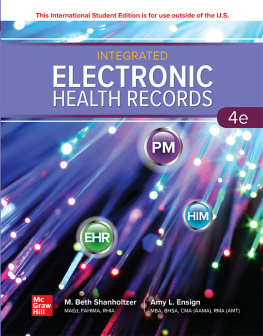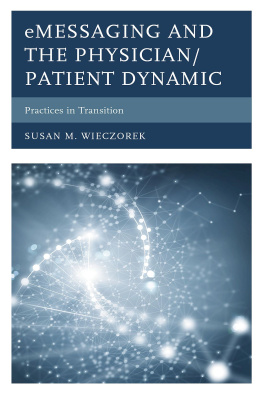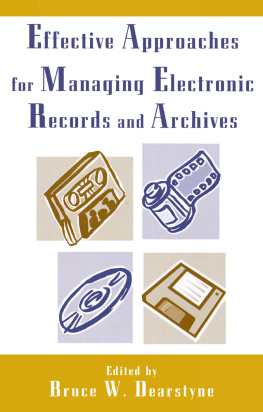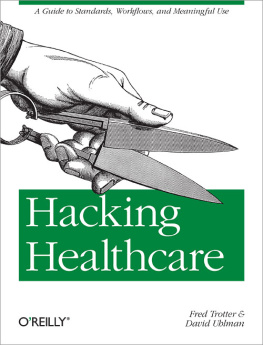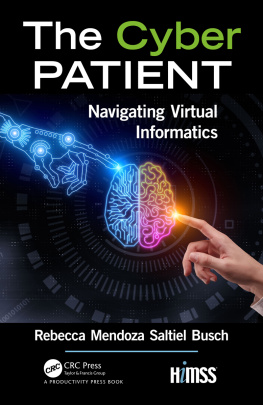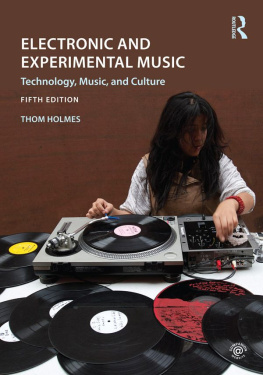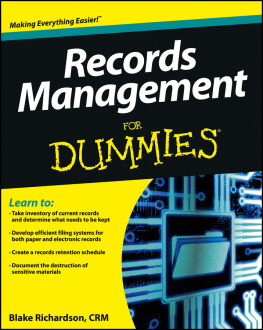Table of Contents

i
Integrated Electronic Health Records

Fourth Edition
M. Beth Shanholtzer, MAEd,
FAHIMA, RHIA
Director, HIM Program
Lord Fairfax Community College
Amy L. Ensign, MBA, BHSA, CMA
(AAMA), RMA (AMT)
Baker College

ii

INTEGRATED ELECTRONIC HEALTH RECORDS
Published by McGraw Hill LLC, 1325 Avenue of the Americas, New York, NY 10121. Copyright 2021 by McGraw Hill LLC. All rights reserved. Printed in the United States of America. No part of this publication may be reproduced or distributed in any form or by any means, or stored in a database or retrieval system, without the prior written consent of McGraw Hill LLC, including, but not limited to, in any network or other electronic storage or transmission, or broadcast for distance learning.
Some ancillaries, including electronic and print components, may not be available to customers outside the United States.
This book is printed on acid-free paper.
1 2 3 4 5 6 7 8 9 GPC 24 23 22 21 20
ISBN 978-1-260-57520-0
MHID 1-260-57520-9
Cover Image: alekskopje/Shutterstock
All credits appearing on page or at the end of the book are considered to be an extension of the copyright page.
The Internet addresses listed in the text were accurate at the time of publication. The inclusion of a website does not indicate an endorsement by the authors or McGraw Hill LLC, and McGraw Hill LLC does not guarantee the accuracy of the information presented at these sites.
mheducation.com/highered
iii
brief contents

iv
contents
v
vi
vii
viii
preface
EHR Matters
Welcome to the fourth edition ofIntegrated Electronic Health Records!
Healthcare has made great progress in the use of electronic health records in the United States, which is creating even more opportunities for people who want to work in non-clinical health professions. From the front office staff to nurses, doctors, health information professionals, coders, and every worker in between, understanding how health information is transferred and how that information can improve the quality of healthcare is a valuable skill. Those working in healthcare settings will be impacted by electronic health records as they complete their daily tasks.
Developed as a comprehensive learning resource, this hands-on course for Integrated Electronic Health Records is offered through McGraw-Hills Connect.Connect uses the latest technology and learning techniques to better connect professors to their students, and students to the information and customized resources they need to master a subject.
Integrated Electronic Health Records complements the online Connect course and is written by authors with extensive backgrounds in health information management/health information technology in the case of M. Beth Shanholtzer, MAEd, FAHIMA, RHIA, and clinical/administrative medical assisting in the case of Amy Ensign, MBA, BHSA, CMA (AAMA), RMA (AMT).
Both the worktext and the online course include coverage of EHRclinic, an education-based EHR solution for online electronic health records, practice management applications, and interoperable physician-based functionality. EHRclinic will be used to demonstrate the key applications of electronic health records. Attention is paid to providing the why behind each task, so that the reader can accumulate transferable skills. The coverage is focused on using an EHR program in a doctors office, while providing additional information on how tasks might also be completed in a hospital setting.
Electronic health records impact a variety of programs in the health professions; thus, this content will be relevant to health information management, health information technology, medical insurance, billing and coding, and medical assisting programs.
New to the Fourth Edition
In the fourth edition of IEHR, new key terms have been added to chapters as needed. The EHR used to demonstrate common electronic health record applications in the fourth edition is EHRclinic. EHRclinic combines the features of simulated exercises within a sandbox environment, providing students with the opportunity to master their practical EHR skills. As with the first three editions, the applications will be described, including why each step is necessary; students will observe a demonstration; they will be given a chance to practice; and then they will be graded on their attempts to successfully complete the exercise. For the fourth edition, we have added instructional notes in the eBook to various exercise steps to help students as they work through the exercises. These notes and the steps can also be downloaded from www.mhhe.com/iehr4.
ix
While content updates have been made to all of the chapters, here are the highlights:
In the fourth edition, the use of medication databases within EHR software has been expanded upon.
In the fourth edition, ICD-9-CM is briefly mentioned as the legacy coding system, and ICD-10-CM/PCS is the coding system highlighted in this edition. Code linkage as part of the billing process, patient payments such as co-pays and coinsurances, adjudication, and the medical billing and documentation cycle are also discussed in greater detail. There are new exercises using EHRclinic in the fourth edition.
Several exercises have been changed in EHRclinic relating to internal communication, keeping track of tasks, workflow, and patient reminders.
The fourth edition goes into more detail about Stage 3 updates that are in effect as of 2019.
The fourth edition includes an update of the acceptance of the EHR and ancillary technologies now that the EHR has been adopted on a wide scale for the last five or so years. Upcoming technologies are also covered.
also has new and different exercises using EHRclinic to give students practice in the use of an electronic health record.
xii
A one-stop spot to present, deliver, and assess digital assets available from McGraw-Hill: McGraw-Hill Connect Integrated EHR
Nearly 70 hands-on simulated EHRclinic exercises are available throughConnect:
EHRclinic exercises appear in include references back to earlier chapters.
EHRclinic exercises include the following modes (with the instructor deciding which modes to assign to the students):
Demo Modewatch a demonstration of the exercise (includes optional audio of the steps)
Practice Modetry the exercise yourself with guidance (includes optional audio of the steps)
Assessment Modecomplete the exercise on your own
Students receive a score from Connect after completing each mode. They receive 100% for completing all steps in Demo Mode and again in Practice Mode. They receive a percentage based on how many steps they execute correctly in Assessment Mode.

